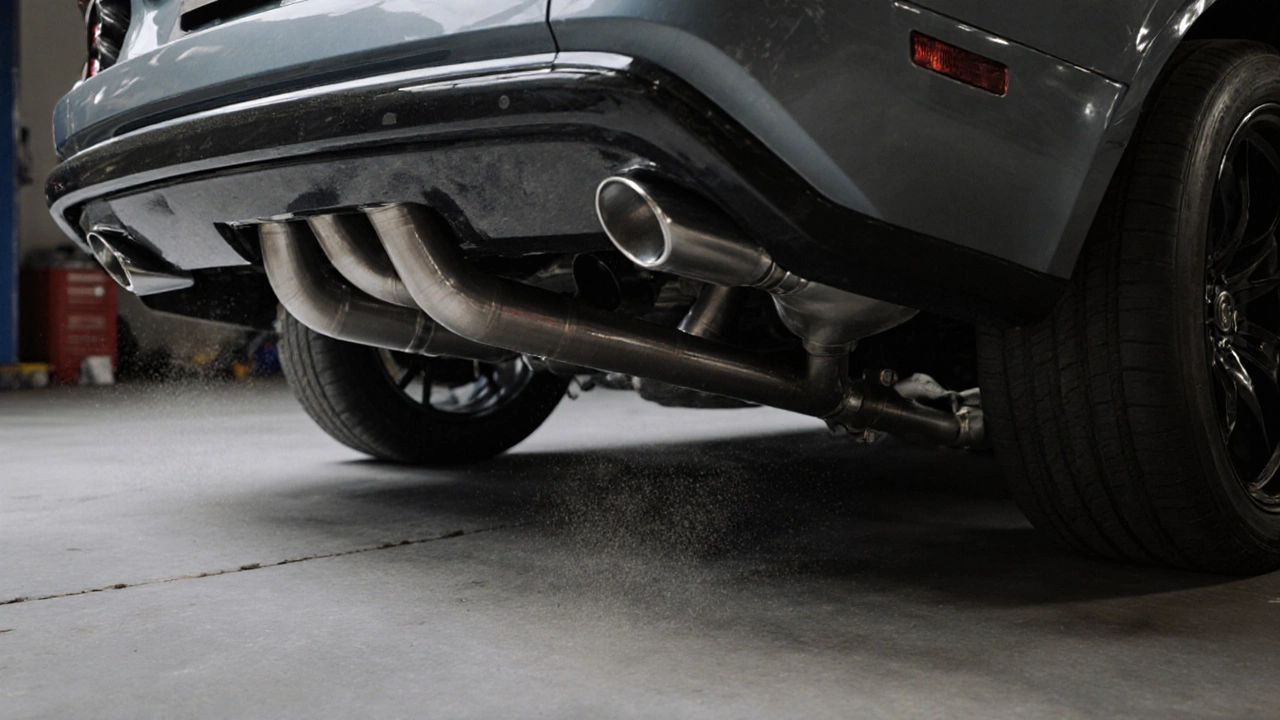Backpressure Explained: Boost Your Car’s Power and Efficiency
When dealing with backpressure, the resistance that exhaust gases face as they leave the engine. Also known as exhaust resistance, it directly influences how freely the engine can breathe and, ultimately, how much power you get.
The exhaust system, a network of pipes, mufflers, and catalytic converters that channels spent gases away from the engine
is the primary arena where backpressure builds. A tighter pipe layout or restrictive parts raise the pressure, slowing the exhaust flow. This pressure forces the engine to work harder on each combustion stroke, which can shave off horsepower and fuel economy.
Key Factors That Influence Backpressure
One of the biggest contributors is the muffler, the component that reduces noise by forcing gases through sound‑absorbing chambers. While a performance muffler with larger chambers can cut down resistance, a stock muffler packed with dense packing material may increase backpressure noticeably.
The catalytic converter, a device that cleans exhaust gases before they exit the vehicle also plays a role. Modern “high‑flow” converters are designed to keep backpressure low while still meeting emissions standards. Switching to a low‑restriction unit can give a subtle gain in torque, especially at lower RPMs.
Turbocharged engines handle backpressure differently. The turbocharger, a turbine‑driven compressor that forces more air into the engine can actually reduce perceived backpressure by accelerating exhaust gas velocity through the turbine. However, if the turbine housing is too small, it creates a bottleneck that raises pressure and hampers spool‑up.
Even the humble performance air filter, an intake component that allows more airflow than a stock filter impacts backpressure indirectly. A freer‑flowing filter lowers intake restriction, which can offset some exhaust resistance and improve overall engine breathing.
Measuring backpressure isn’t rocket science. A simple gauge that hooks into a vacuum line or a pressure‑sensing port on the exhaust manifold can give you real‑time numbers. Most enthusiasts look for a reading under 1 psi at idle and under 2 psi at higher RPMs; anything above that suggests a restriction worth investigating.
To tame backpressure, start with the low‑cost fixes: swap the muffler for a performance‑oriented design, upgrade to a high‑flow catalytic converter, and ensure the exhaust piping is free of bends or collapses. If you run a turbo, consider a larger turbine housing or a wastegate that opens earlier. Finally, keep the intake clean with a quality air filter so the engine isn’t fighting on both ends.
Below you’ll find a curated set of articles that break down each of these topics in detail—from how a new muffler changes pressure curves to step‑by‑step guides for measuring backpressure on the road. Dive in to get the data, tips, and real‑world advice you need to tune your exhaust and unleash more power.

